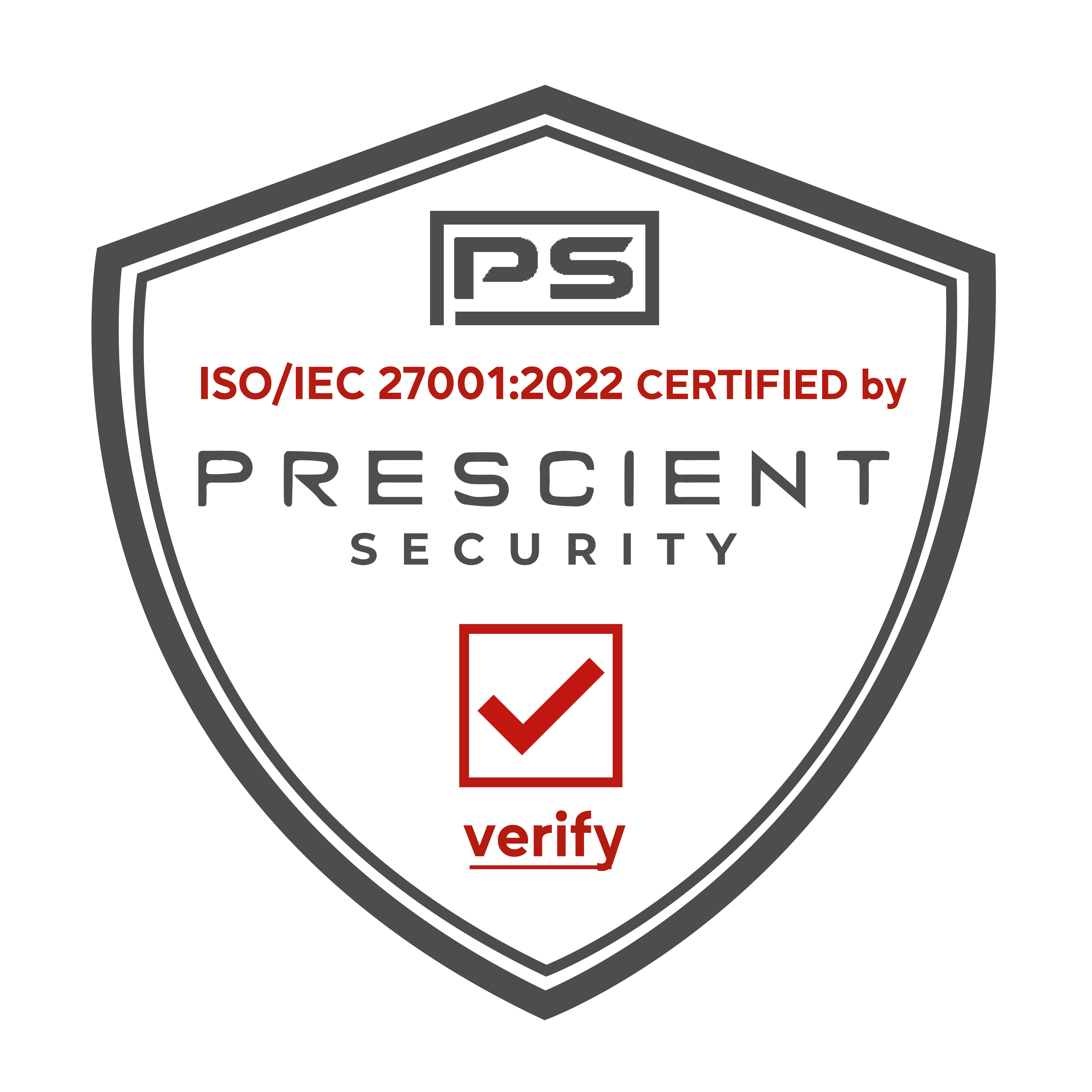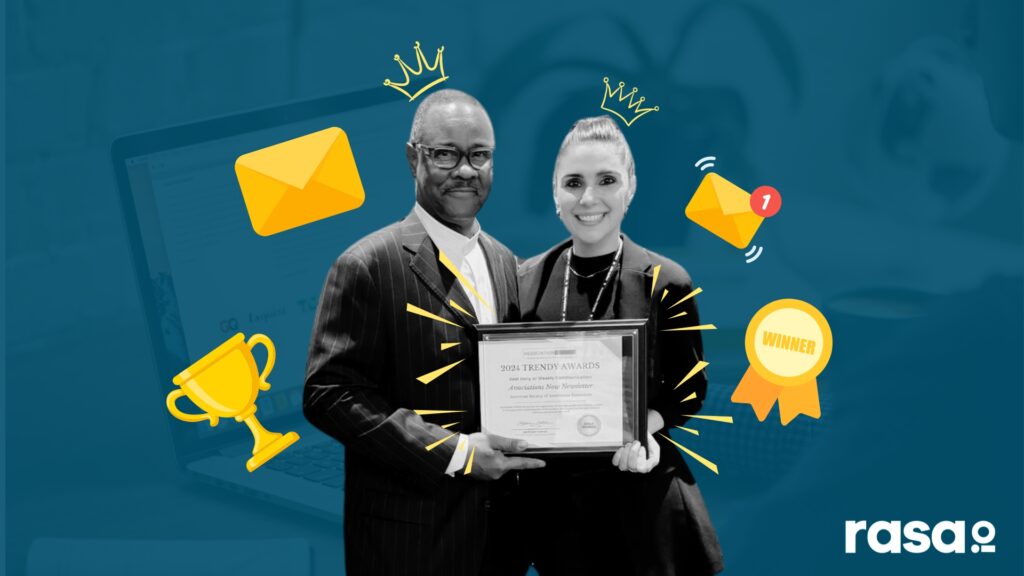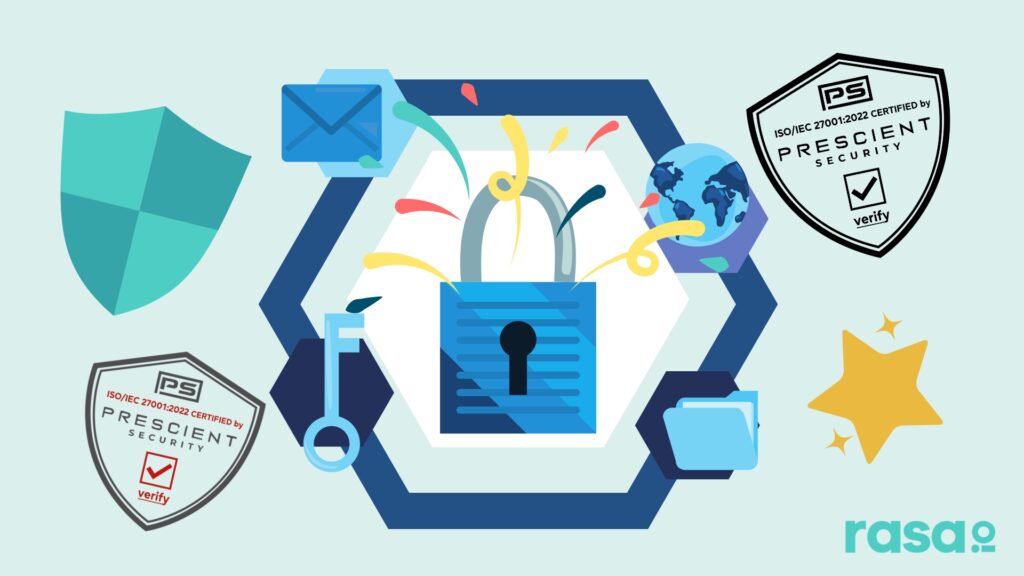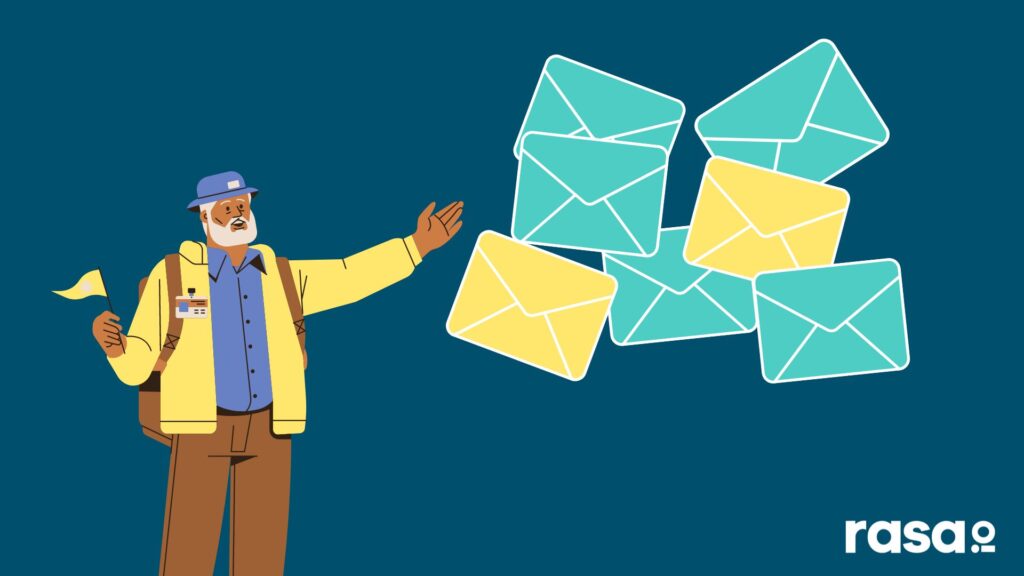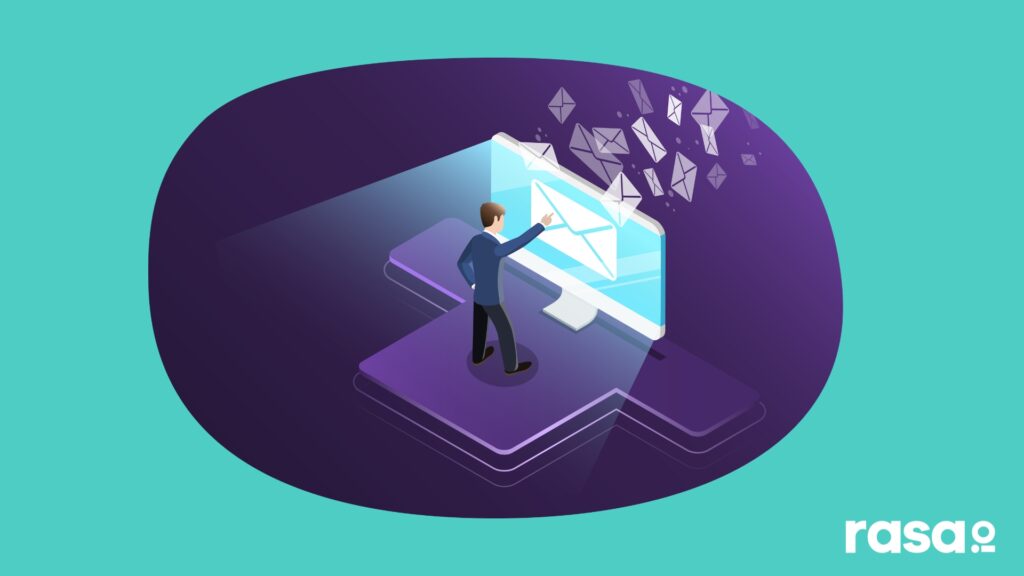In-person meeting skills are a crucial skill for real estate agents even in the digital age. Most real estate transactions still hinge on face-to-face meetings. If you want to close to more deals, you need to be intentional about how you show up for meetings.
The key is striking a balance between the direct and researched professional that you are, and the talkative and supportive neighbor your clients want you to be. Success in real estate depends on having sharp meeting skills. Here are seven meeting tips that will help you land more clients.
From the Blog → How to Earn New Real Estate Clients Before You Make Your Sales Pitch
1. Do your research
You’ve just booked a meeting with a promising client. Now what? It’s time to jump online and do your homework. Use Google and social media sites like LinkedIn, Facebook and Instagram to research the client and get a feel for their background before you meet.
Take note of important details, including their:
- Job and/or industry
- Hobbies
- Relationship status and family
- Their political outlook
Gaining a bit of insight into your client’s life and perspective will give you the information you need to keep the conversation going when you meet in person. That said, there’s a lot of room for error here. Avoid going down a social media wormhole. Give yourself 15 minutes to dig just enough to gain an understanding for who your client is without being too creepy.
Another tip? Be discreet. Don’t state directly that you were scoping out a client’s Facebook page when you meet them. For example, you shouldn’t know that your client’s dog is named Rex. Instead, ask if the client has a pet and guide the conversation toward their pup.
From the Blog → 8 Simple Ways To Retool Your Real Estate Referral Strategy
2. Point out connections
If you met a client through another client, be sure to bring up that connection during your face-to-face meeting. Doing this starts the meeting on a friendly note and puts the client at ease. All of a sudden it’s a conversation with a friend of a friend rather than a real estate agent.
You can also use LinkedIn or Facebook to see people both you and your client know. Again, don’t tell the client directly that you were going through their friends on social media (see the advice above). Do casually ask your client if they happen to know a person who is among your connections. This practice helps you leverage the strength of your network and lays the groundwork for referrals.
3. Share your stories
People like hearing stories. Stories also build trust and make you (and your work) more relatable. Consider meetings an opportunity to share the success stories of previous clients. If you’re working with a first-time homebuyer, talk about the wins and learnings you experienced with another client who purchased their first home.
Being able to weave a relevant story into your conversations is especially useful when walking clients through some of the more tedious aspects of the real estate market like interest rates, home inspections and fees. It keeps the conversation energized and the client focused on their ultimate goal of homeownership.
From the Blog → Why Being Consistent is the Best Thing You Can Do For Your Newsletter
4. Be an active listener
Listening requires more than an open ear. You also have to show clients you are listening to their thoughts. A sure way to undercut the energy of a meeting is to appear disinterested. Avoid this at all costs.
Pay attention to your body language. Tips for active and empathetic listening include:
- Nodding your head
- Verbal affirmations (e.g. “uh huh,” “got it,” “I hear you”)
- Making eye contact
- Facing the person who is talking
- Repeating back what the person is saying (e.g. “I heard you say…”)
Even a small adjustment in body language can completely change the tone of your one-on-one conversations. Also be mindful of the client’s posture and the types of words and phrases your client is using. Try to incorporate those into your own actions and speech, a technique called “mirroring.”
Another tip? Leave room in conversation for quiet and reflective pauses. Most of us feel compelled to talk when a conversation lulls. Try getting comfortable with short stretches of silence. Taking a reflective pause after a client has spoken shows them not only are you listening, but you’re thoughtful and care about what they’re saying.
Start creating your own showstopping content today.
Diving into the world of content can be a bit intimidating for a solo real estate agent or small marketing team. It helps to have a bit of inspiration.
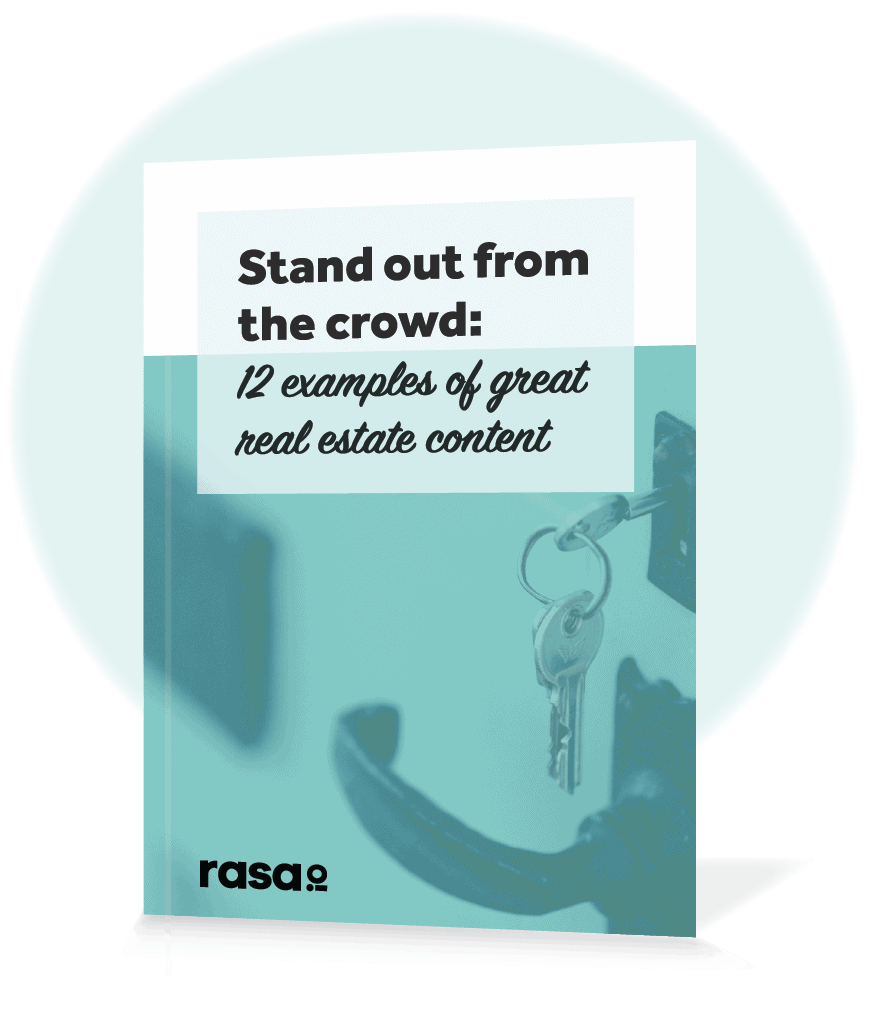
5. Set an intention
It’s important to set a specific goal before meeting with a client. What outcome are you working toward? Stating your intention (or writing it down) beforehand will help keep you focused and help you steer the conversation.
Yes, most real estate agents are working toward closing the deal. However, experience shows us not every meeting ends in a real estate deal. Be realistic about what stage the client relationship is in and what you can expect to accomplish in the upcoming meeting.
Think about nurturing the client relationship and how you can nudge the conversation forward. For example, if the goal of the meeting is to encourage the client to start looking at homes, arrive at the meeting prepared with a list of properties you think they would like and be sure to ask about their upcoming availability.
From the Blog → 3 Easy Tips for Taking Your Newsletter to the Next Level
6. Reach an agreement
To build on the last point: Never leave a meeting without establishing a concrete action item and/or a plan for following up. Establishing the next step following a meeting boosts client confidence and moves you closer to your ultimate goal of making a sale.
Be sure to discuss the next step out loud with the client. You want to make sure you’re both on the same page. Also put it down in writing, whether in a follow-up email or a notebook or calendar. Putting the next step in writing shows you’re serious about working with the client. It also serves as a helpful visual reminder of the work yet to be done.
7. Send a follow-up
Always follow-up after a meeting. How you do it—phone call, text or even handwritten note—matters less than taking the time to do it. Be sure to thank the client for their time and, as noted above, outline any next steps.
Include a short detail about something the client said during the meeting that stood out to you. Doing so makes your follow-up more personal and reinforces your active listening strategy. Demonstrate that you were fully present and engaged in the meeting. Clients will notice.
Client meetings are essential to real estate work, which makes it all-the-more important to revisit your meeting skills and assess what needs work. Beginner and experienced real estate professionals alike benefit from continually working on their meeting skills. Put in the work, be engaged in your meetings and you will stand out in the market.




